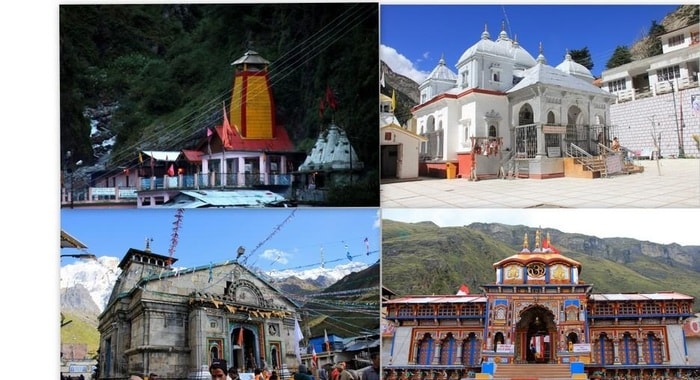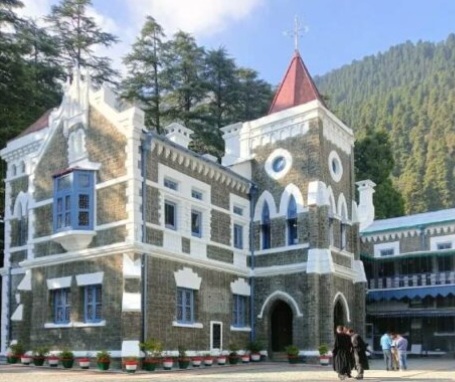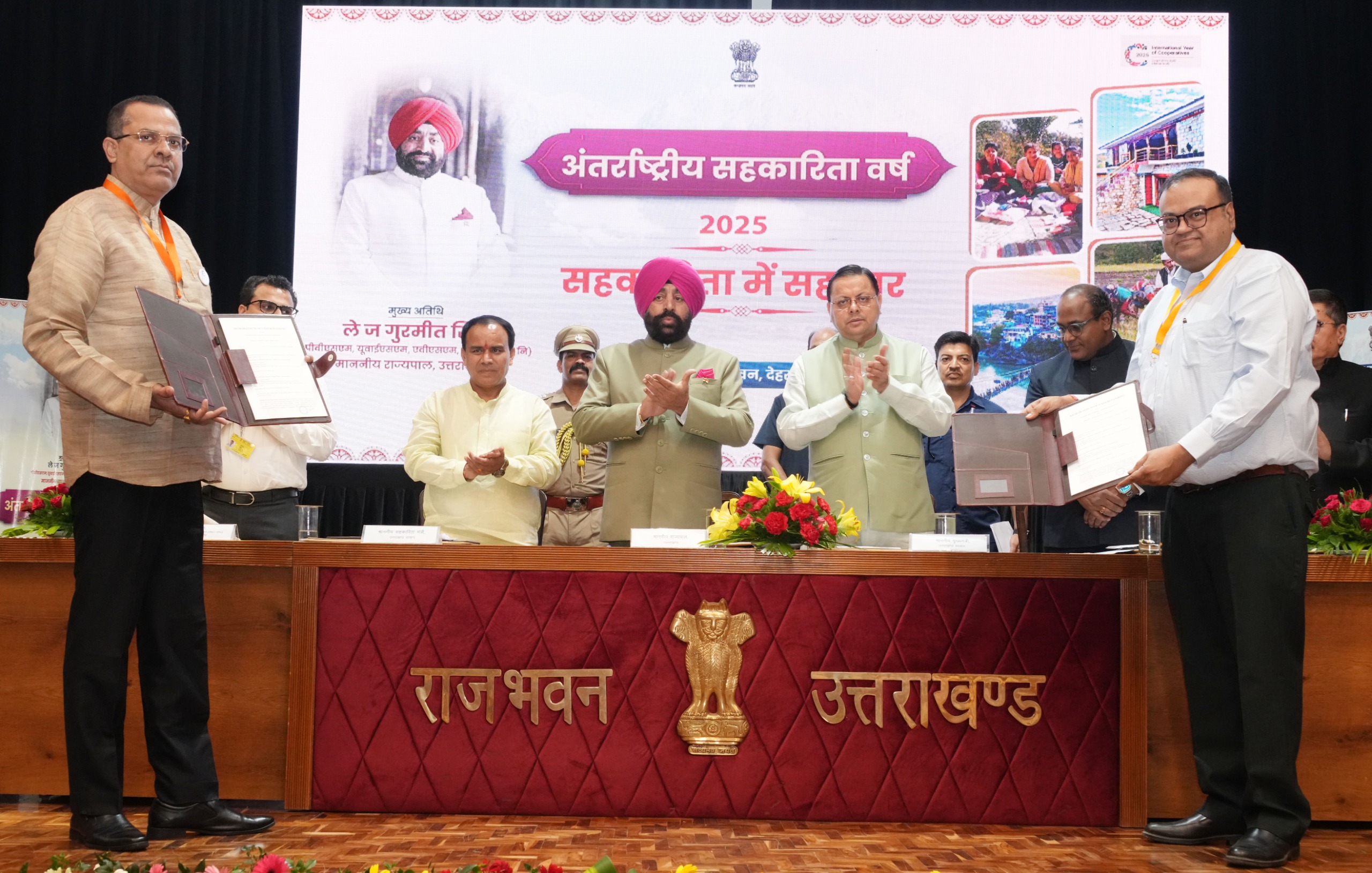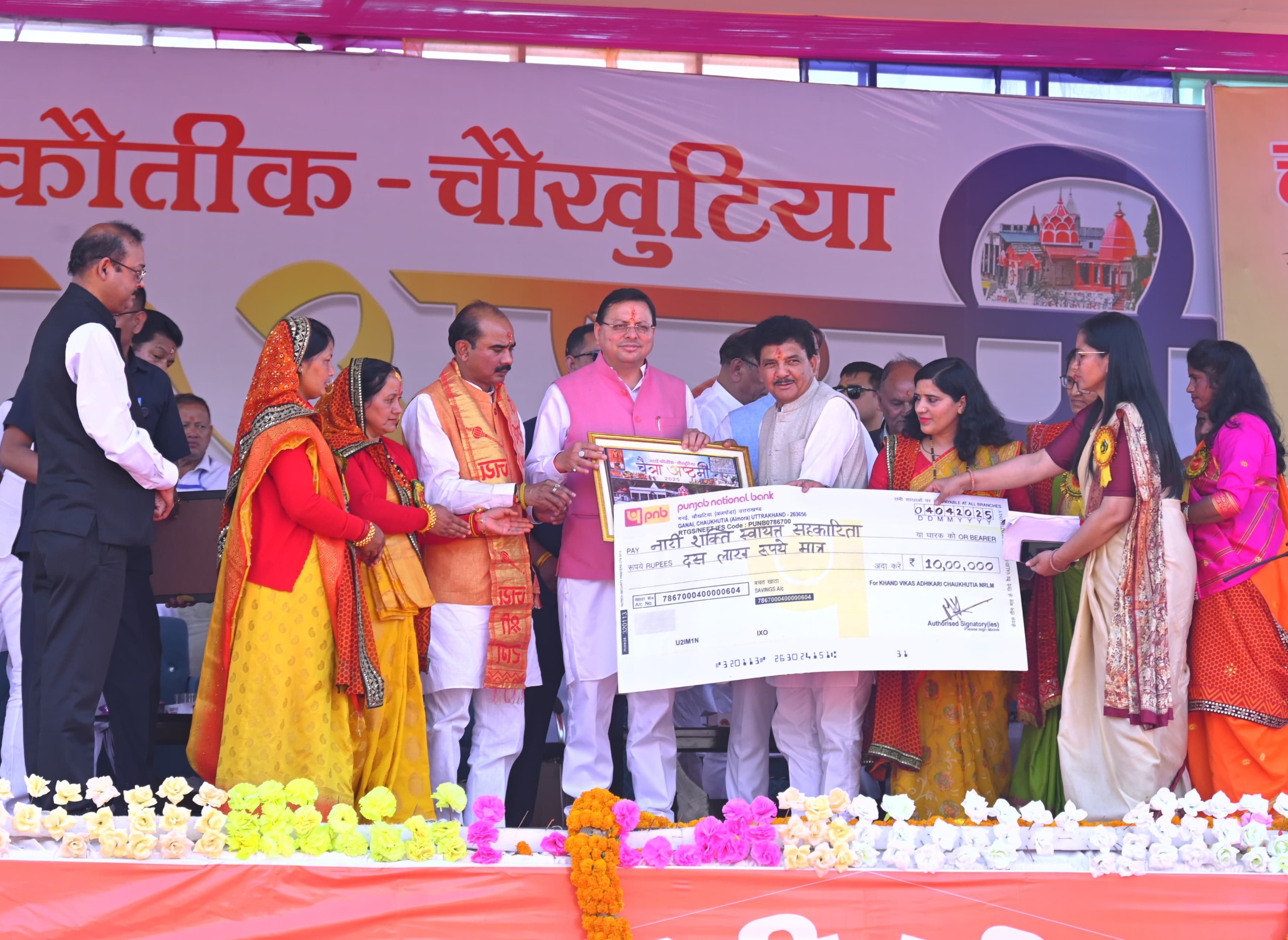UTTARKASHI: The sacred Char Dham Yatra officially begins today, Wednesday, with the ceremonial opening of the portals of Gangotri Dham at 10:30 AM and Yamunotri Dham at 11:55 AM. The pilgrimage, a cornerstone of Uttarakhand’s religious tourism, plays a vital role in boosting the local economy by supporting various service sectors.
This year, over 4,300 horse and mule operators will be engaged to assist pilgrims, particularly on the Kedarnath and Yamunotri trekking routes.
To reach Kedarnath Dham, pilgrims must undertake an 18-kilometre trek from Gaurikund. To ease the journey, 2,493 operators have registered more than 5,000 horses and mules for Kedarnath alone. The Animal Husbandry Department has conducted health checks and issued fitness certificates for all animals. Veterinary facilities have been set up at Sonprayag, Gaurikund, Lynchauli, and Kedarnath, staffed with five doctors and seven paravets. Additionally, hot water stations have been installed at 13 locations along the route for animal care.
For Yamunotri Dham, more than 3,700 horses and mules have been registered. A temporary veterinary hospital has been established at Jankichatti, equipped with four veterinary doctors, four livestock extension officers, and two assistants. Six geysers have been installed along the path to ensure the well-being of the animals.
To streamline operations, prepaid booking counters for horse-mule services have been set up at Sonprayag, Gaurikund, Bhimbali, Lichauli, and Rudra Point for Kedarnath. For Yamunotri, a counter has been installed at Jankichatti by the District Panchayat. Operators are being provided numbered jackets, and each animal will be permitted to make only one trip per day to ensure their health and safety.
On the inauguration of the yatra, Chief Minister Pushkar Singh Dhami stated, “From road transport to helicopter services and horse-mule assistance, every effort is being made to ensure a smooth and comfortable journey for devotees. The Animal Husbandry Department has been instructed to allow only healthy animals on the route, and continuous health monitoring will be conducted.”



